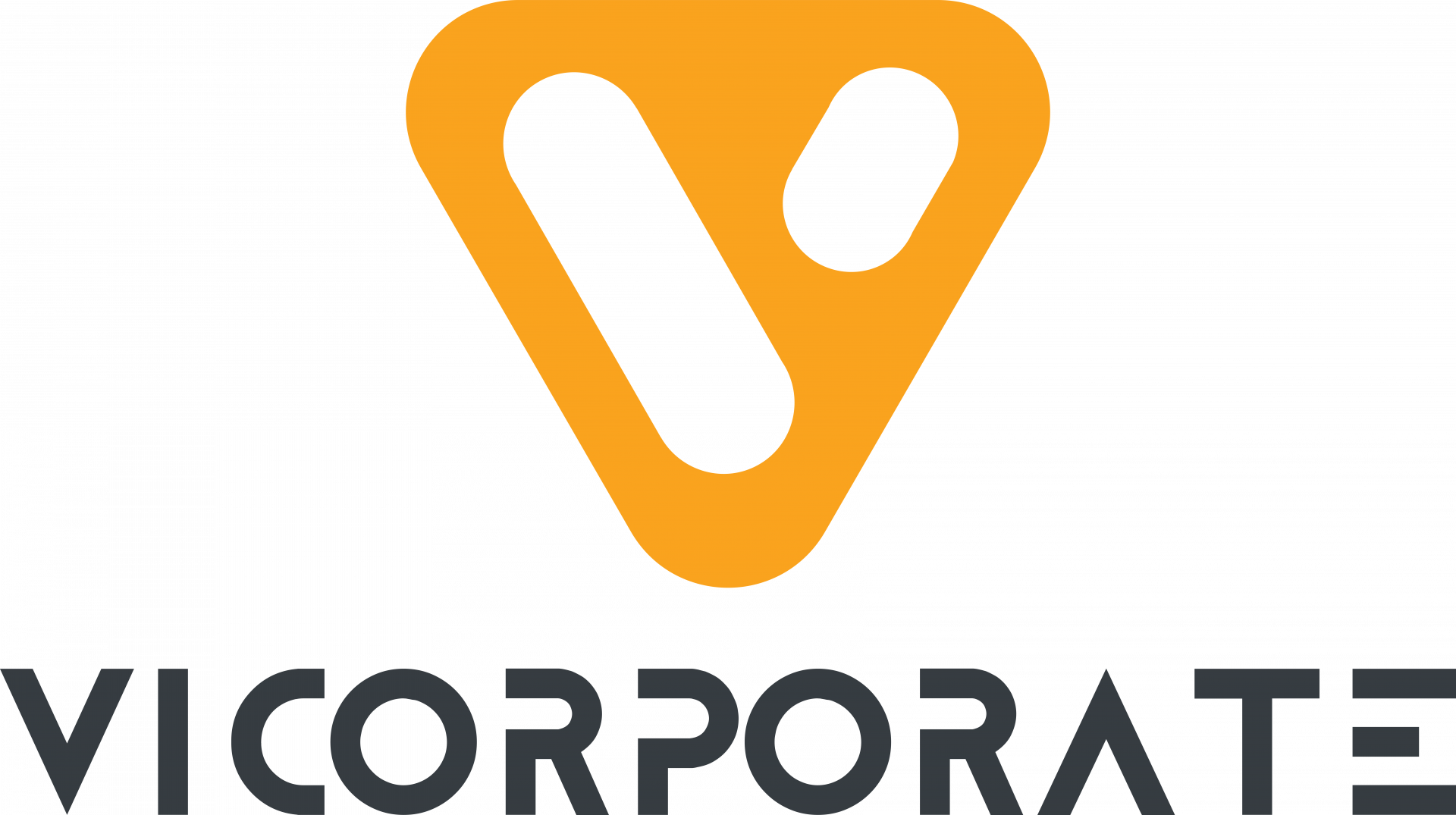When it comes to search engine optimization (SEO), most people think of keywords and content. However, there’s a critical component that operates behind the scenes: Technical SEO. It’s the foundation that ensures search engines can crawl, index, and rank your website properly. In this article, we’ll dive into what technical SEO is, why it’s essential, and how you can optimize it to boost your site’s visibility.
What is Technical SEO?
Technical SEO refers to the process of optimizing your website for the crawling and indexing phase. It’s called “technical” because it doesn’t deal with the actual content of your website, but rather the structure, speed, and functionality of the site itself. Without proper technical SEO, even the best content may struggle to rank.
Key Elements of Technical SEO
Below are the most important aspects of technical SEO that every website owner should pay attention to:
1. Site Speed Optimization
Page speed is a critical ranking factor. A fast-loading website enhances user experience and reduces bounce rates. Search engines like Google prioritize websites that load quickly. Use tools like Google PageSpeed Insights to analyze and optimize the speed of your website.
Here are a few tips to improve site speed:
- Compress images to reduce file sizes.
- Minify CSS, JavaScript, and HTML code to eliminate unnecessary data.
- Use browser caching to store static resources.
- Implement content delivery networks (CDNs) to deliver content faster.
2. Mobile-Friendliness
With the majority of users browsing on mobile devices, mobile-friendliness is a key factor for search engine rankings. Google’s mobile-first indexing means that your site’s mobile version is considered the primary version. Therefore, it’s crucial to ensure your site is responsive and functions well on mobile devices.
Use tools like Google’s Mobile-Friendly Test to check how mobile-friendly your site is and to identify areas for improvement.
3. Crawlability and Indexing
If search engines can’t crawl or index your site, it won’t appear in search results. Ensure your site’s structure and code are optimized for efficient crawling and indexing. You can achieve this by:
- Submitting a XML sitemap to Google Search Console. This file tells search engines which pages to crawl.
- Using robots.txt files to guide search engines on which pages to crawl or ignore.
- Avoiding broken links and 404 errors, which can disrupt the crawling process.
4. Secure Sockets Layer (SSL)
A website that uses HTTPS instead of HTTP is more secure and is preferred by both users and search engines. SSL certificates help protect users’ data and also serve as a ranking signal. Make sure your site has an SSL certificate installed and redirects all HTTP URLs to HTTPS.
5. Structured Data and Schema Markup
Implementing structured data (also known as schema markup) helps search engines better understand your website’s content. This data can also enhance your listing in search results by enabling rich snippets, such as review stars, event information, or product details.
To implement structured data:
- Use tools like Google’s Structured Data Markup Helper to generate code.
- Add relevant schema types, such as Article, Product, or FAQPage, to appropriate pages.
6. Canonicalization
Sometimes, a website can have several URLs that point to the same content, leading to duplicate content issues. To prevent this, use canonical tags to tell search engines which version of a URL is the primary one. This ensures all SEO value is consolidated to a single URL.
7. XML Sitemap
An XML sitemap is a roadmap of your website’s most important pages. It helps search engines discover and index all the critical pages efficiently. Make sure your sitemap is up to date and submitted to Google Search Console and Bing Webmaster Tools.
8. Fixing Broken Links and Redirects
Broken links (404 errors) negatively affect user experience and SEO. Regularly audit your site for broken links and fix them either by removing or redirecting them. Similarly, if you’ve moved or removed pages, use 301 redirects to pass on SEO value to the new URL.
9. Optimizing for Core Web Vitals
Core Web Vitals are user-centric metrics related to page speed, responsiveness, and visual stability. Google uses these metrics as part of its ranking criteria. Focus on optimizing:
- Largest Contentful Paint (LCP) – The time it takes to load the largest element on the page.
- First Input Delay (FID) – The time it takes for the page to respond to the first user interaction.
- Cumulative Layout Shift (CLS) – How much the layout shifts unexpectedly during loading.
Why is Technical SEO Important?
Without a solid technical foundation, even the most compelling content might never reach its full potential in the search engine rankings. Here are a few reasons why technical SEO matters:
- Improved rankings: Proper technical SEO ensures search engines can access, crawl, and index your site efficiently, giving you a better chance to rank higher.
- Better user experience: Fast, secure, and mobile-friendly websites provide a smoother experience for visitors, leading to higher engagement and lower bounce rates.
- Future-proofing your site: Staying on top of technical SEO helps you adapt to algorithm updates and emerging SEO trends, keeping your site competitive.
Conclusion
Technical SEO is the backbone of your website’s overall search engine performance. By optimizing for speed, mobile-friendliness, crawlability, and security, you can lay the groundwork for your content to shine. Regular technical audits and updates ensure that your site remains healthy and capable of ranking high in search results.
Take the time to implement these technical SEO best practices, and you’ll see long-term improvements in both user experience and search engine visibility.



